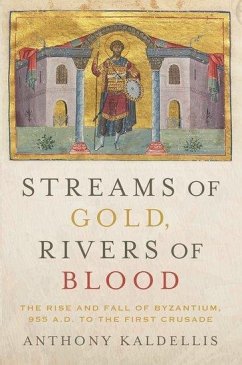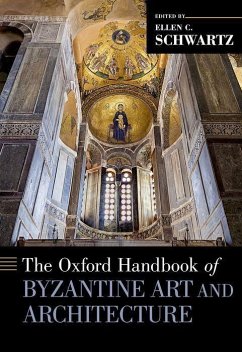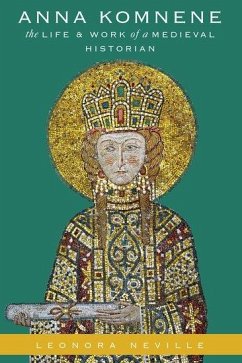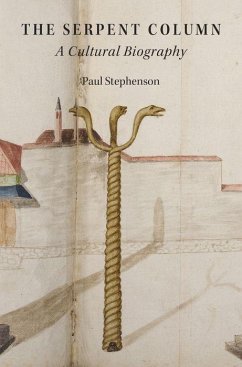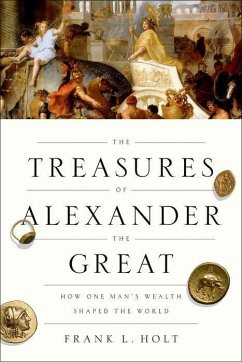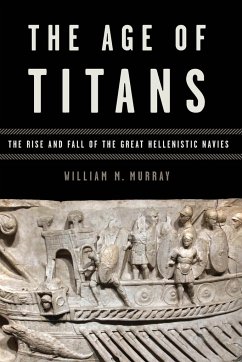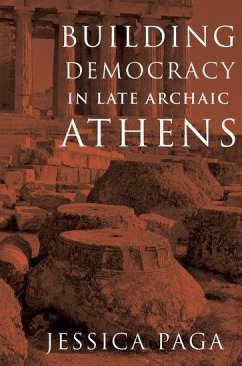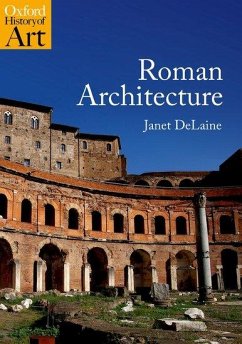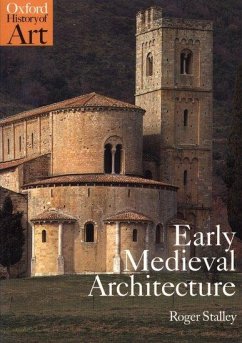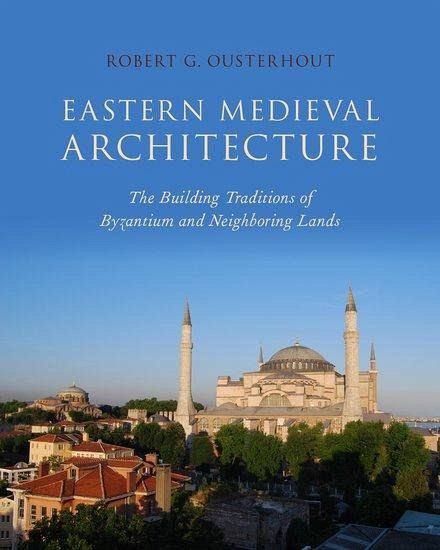
Eastern Medieval Architecture
The Building Traditions of Byzantium and Neighboring Lands

PAYBACK Punkte
46 °P sammeln!
The rich and diverse architectural traditions of the Eastern Mediterranean and adjacent regions are the subject of this book, including the social and cultural developments of the Byzantine Empire, the Caucasus, the Balkans, and Russia, as well as parallel developments in Crusader and early Islamic architecture.




